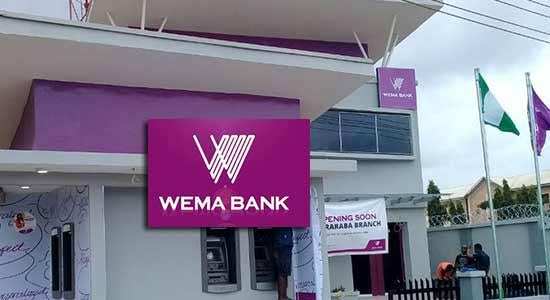Niyi Jacobs
Nigeria’s tier-2 banks — including Wema Bank, First City Monument Bank (FCMB), Fidelity Bank, Stanbic IBTC, and Sterling Bank — are under growing pressure to raise capital or face a wave of mergers as the Central Bank of Nigeria (CBN) enforces its 2026 recapitalisation programme, a new report by SBM Intelligence has revealed.
In its latest report, “Capital, Competition, and Consolidation: How Nigeria’s Tier-2 Banks Are Responding to the CBN’s 2026 Recapitalisation Order,” SBM warned that the new thresholds will reshape the banking landscape.
The CBN had in March 2024 ordered international banks to raise their capital base to ₦500 billion, national banks to ₦200 billion, and regional banks to ₦50 billion before March 2026. Regulators say the policy is designed to strengthen financial stability and position lenders to support Nigeria’s $1 trillion economy ambition.
Despite looming risks, SBM noted that several tier-2 lenders have outperformed expectations on the Nigerian Exchange (NGX):
Fidelity Bank surged over 1,100% in five years, from ₦1.65 in 2020 to above ₦21 by mid-2025.
Wema Bank rose from ₦1.50 in 2020 to nearly ₦15 in 2025.
FCMB grew from ₦3.33 to ₦9.25, while Sterling Bank more than tripled from ₦1.70 to ₦6.16.
Each bank is pursuing different strategies to meet the new capital bar:
FCMB: Raising ₦400 billion in phases, including an oversubscribed public offer and planned divestments in subsidiaries.
Fidelity Bank: Has already secured ₦270 billion and is on track to exceed ₦500 billion ahead of schedule.
Sterling Holdings: Planning private placements, rights issues, and a $400 million public offering.
Wema Bank: Combining a ₦150 billion rights issue with a ₦50 billion private placement after a ₦40 billion raise in 2023.
SBM projects that consolidation among mid-tier lenders will accelerate as the deadline nears.
“Tier-2 banks are at a critical juncture, and their ability to navigate regulatory headwinds, leverage technology, and execute bold capital strategies will determine their place in the next chapter of Nigeria’s financial evolution,” the report said.
While tier-1 banks remain dominant, SBM observed that tier-2 banks have demonstrated resilience and innovation, even as rising costs and tighter regulations mount.














